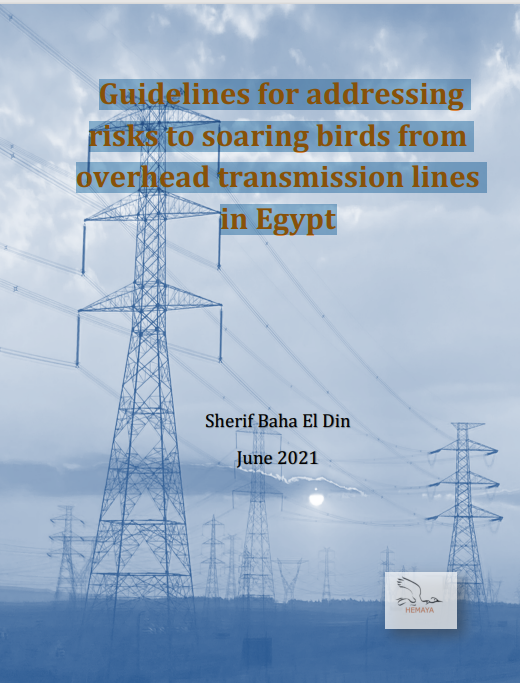...

Electric transmission and distribution grids are expanding rapidly worldwide, with significant negative impacts on biodiversity and, in particular, on birds. The electric power distribution network in Egypt as in other nations is the backbone of economic development. The total overhead power transmission network in Egypt is estimated at about 50,000 km, including a low and medium distribution network of about 25,000 km. At a global scale this network is fairly modest when compared with that in the USA, where the electrical grid is the largest on Earth, with 321,869 km of high-voltage transmission lines and 8.9 million km of local low and medium voltage distribution lines. Egypt is seeking to be a hub for electric power generation in the Middle East region; in six years, Egypt has been able to jump 68 ranks in terms of electricity production from the 145th rank to the 77th (Karima 2021).
This increased power generation capacity needs a larger transmission and distribution capacity. Indeed, in recent years the power distribution network has undergone unprecedented growth in Egypt, particularly with the establishment of a number of new power stations and the increased power generation from renewable sources, this has increased the need to connect and redistribute the electric load through the erection of new or retrofitting existing power lines, specifically high tension Over Head Transmission Lines (OHTL). In order to evaluate and mitigate the potentially extensive environmental and social impacts of OHTLs on the landscapes they pass through Environmental Impact Assessment or Environmental and Social Impact Assessments have been carried out for all major OHTL projects in Egypt in recent years. Recognising the potential negative impacts of OHTL has lead national and multinational lending agencies to require careful assessment of the wide range of impacts the power lines could have across vast regions. Impacts ranging from construction disturbance to soils and waterways; to landscape scarring; to health risks to local populations living close to such OHTLs; to loss of arable lands; to damage to biodiversity resources. The loss of biodiversity resources, most significantly includes damage to bird life through either collision or electrocution.
This report seeks to examine the current national and international regulations for the assessment of risk to the avifauna from OHTL, specifically as they may relate to direct harm from collision and electrocution.
To know more: please read the full report here
Stay updated with the latest news, trends, and offers by subscribing to our newsletter. Don't miss out on exclusive content and special promotions - sign up today!